6 Effective Strategies to Stop Rust in its Tracks
Author: SAIVS Date Published: Feb 19,2024
Introduction
Rust is a common phenomenon that affects metals, particularly iron and steel. It occurs when these metals react with oxygen and moisture in the presence of
impurities.
Rust not only diminishes the aesthetic appeal of metal objects but also compromises their structural integrity.
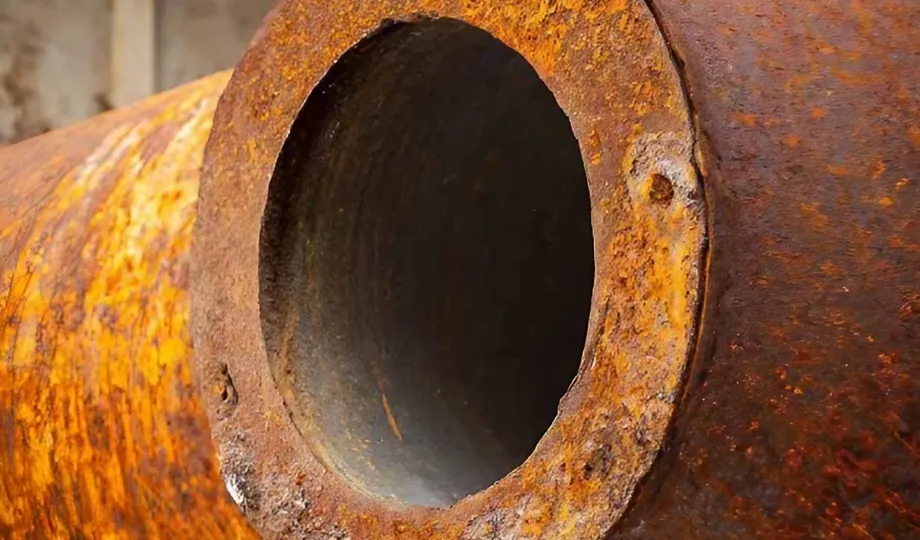
What is Rust?
Rust is a reddish-brown oxide that forms on the surface of iron and steel when exposed to oxygen and water.
The chemical process that causes rust is called oxidation. Oxidation is a reaction in which a metal loses electrons to another substance.
In the case of rust, the metal is iron and the other substance is oxygen.
Factors that Contribute to Rusting
The rate at which iron and steel rust depends on several factors, including:
The amount of oxygen and water present: The more oxygen and water present, the faster the rusting process will occur.
The presence of salt: Salt can accelerate the rusting process.
The temperature: Rusting occurs more quickly in warm, humid environments.
The acidity of the environment: Rusting is more likely to occur in acidic environments.
Types of Rust
There are two main types of rust:
Red rust: This is the most common type of rust. It is a reddish-brown color and is caused by the oxidation of iron.
Black rust: This type of rust is less common than red rust. It is a black color and is caused by the oxidation of iron in the presence of sulfur.
Various metals are prone to rusting, with iron and steel being the most susceptible due to their high iron content.
Additionally, alloys containing iron, such as stainless steel, can also rust under certain conditions.
Other metals, like Aluminum and copper, have a natural protective oxide layer that prevents rusting but can still corrode in specific environments.
Effects of Rust
Rust has several detrimental effects on metals. Firstly, it compromises the structural integrity of objects, making them more prone to mechanical failures.
Rust can weaken load-bearing structures, leading to safety hazards. Secondly, rusting can cause aesthetic degradation,
as the reddish-brown stains are visually unappealing. In industries like automotive and construction, rust can significantly devalue equipment and structures.
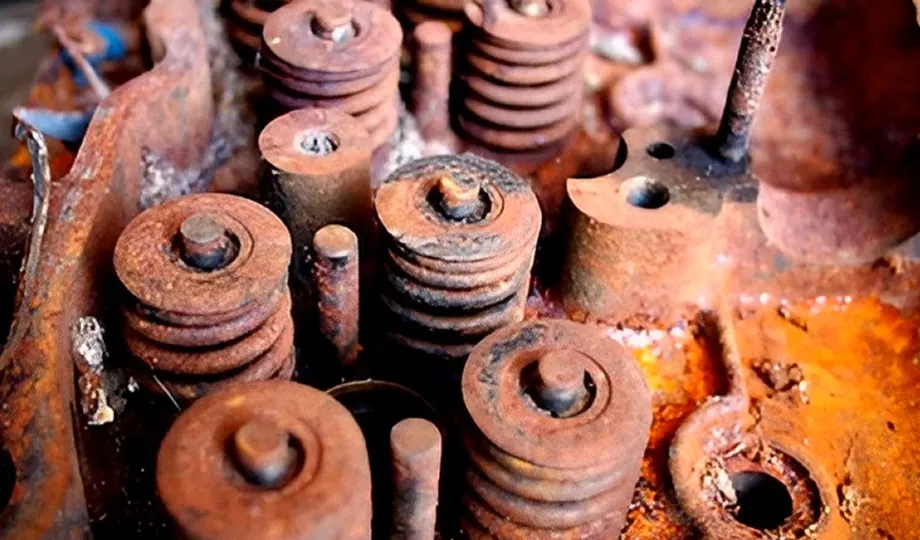
How to Preventing Rust
Use Stainless Steel:
Opt for stainless steel in metal construction due to its rust-resistant properties.
The chromium content in stainless steel quickly forms a protective chromium oxide layer, preventing the metal from rusting.
bluing technique:
Employ the bluing technique for partial protection against rust on steel surfaces.
This method, commonly used by gunsmiths, creates a black-blue coating that enhances both cosmetic appearance and resistance to environmental corrosion.
Cathodic Protection:
Utilize cathodic protection to control corrosion on metallic surfaces.
By making the metal a cathode in an electrochemical cell, this method effectively safeguards structures like fuel pipelines,
steel water storage tanks, and boat hulls from rust.
Avoiding Scratches or Cracks:
Prevent rust by avoiding scratches and cracks in metal surfaces.
Opt for cold-rolled steel over hot-rolled steel to create a smoother surface that minimizes water entrapment.
Control Humidity:
Keep metal objects away from moisture by storing smaller items in airtight containers.
For larger objects, use air conditioners to control humidity and prevent rust.
Regular Maintenance:
Implement regular maintenance processes to keep metal surfaces clean and dry.
Understand and address the factors that cause rust, such as moisture, oxygen, and salt.
Rust is a natural process that poses challenges to metal product longevity.
Combatting rust involves choosing Corrosion-resistant metals, applying protective coatings, and adopting preventive maintenance.
Start your project with saivs today, and rest assured that rust won't impact your work.
Why Choose SAIVS™ as Your Supplier?
1.Superb Quality Control Management
At SAIVS, we take pride in our perfect quality management systems and procedures, which guarantees the excellent performance of all our producs, being a professional Investment Casting | Die Casting| Sand Castingmanufacturer in China.
2.Rich Production Experience
With 20 years of experience in production, SAIVS has a deep understanding of the market and trends, and strives for continuous research and innovation. This has created advantages in both the product's performance and appearance.
3.Competitive Prices
As a Chinese factory committed to becoming the most cost-effective Investment Casting | Die Casting| Sand Castingexporter in China, SAIVS provides high-quality products at advantageous prices. By lowering costs and increasing efficiency, we ensure that our customers receive the best possible value for their investment.
4.Perfect After-sales Service
At SAIVS, we strive to provide superior customer service that meets and exceeds expectations. We are always available for any questions or concerns you may have, and we stand by our commitment to providing excellent after-sales support.
Related Posts
-
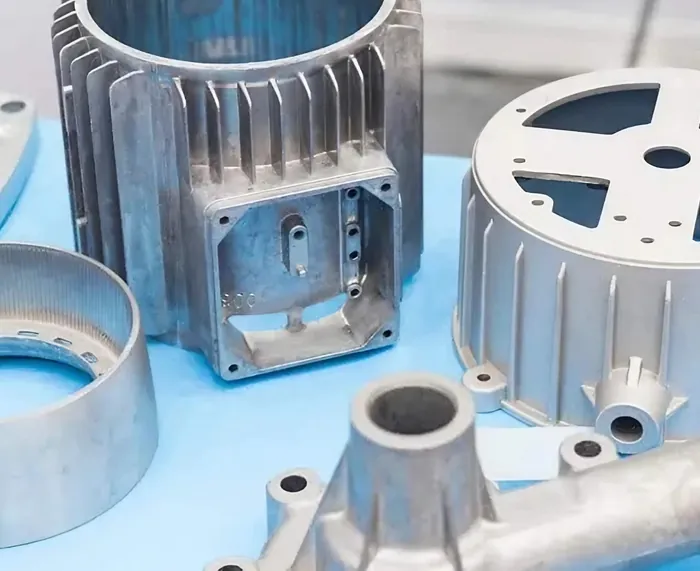
Design Considerations for Aluminum Die Casting
Aluminum die casting is a widely used manufacturing process for producing complex, high-precision parts. Manufacturers achieve excellent dimensional accura
-
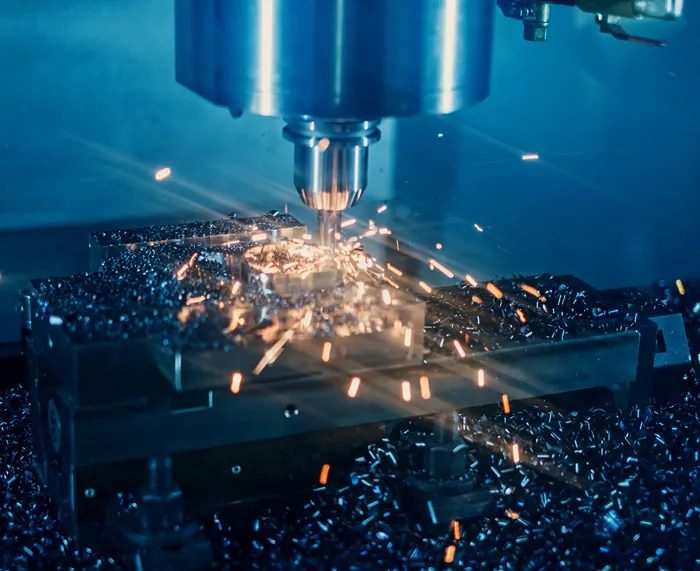
Safety Guidelines for Precision CNC Machining
This comprehensive guide covers training, PPE, machine maintenance, proper setup, emergency procedures, and more to ensure a safer and more efficient manufactur...
-
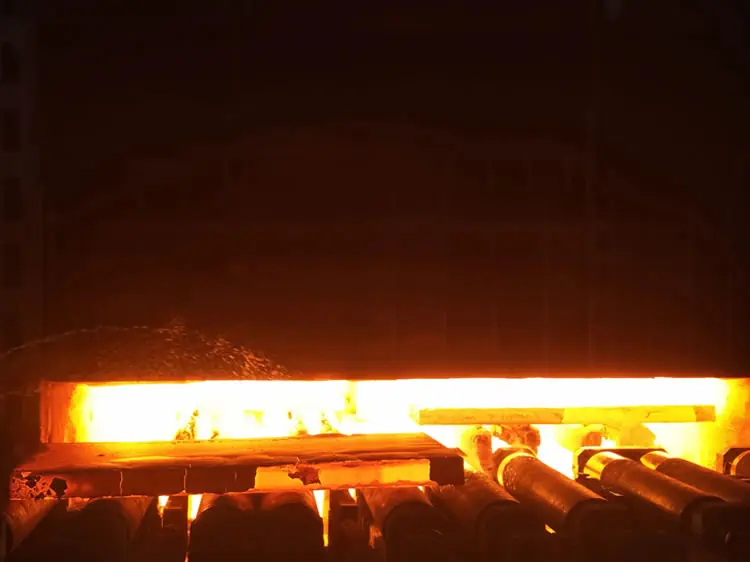
How to reduce the content of hydrogen, oxygen and nitrogen in steel
Minimizing Hydrogen, Oxygen, and Nitrogen Content in Steel: A Comprehensive GuideThe production of high-quality steel necessitates stringent control over t
-
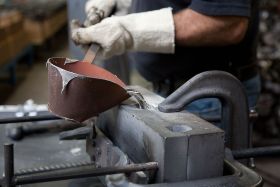
An overview of Gravity Die Casting
An overview of Gravity Die CastingGravity die pourGravity die casting is used to manufacture casting parts from non-ferrous materials such as aluminium or low-t...
-
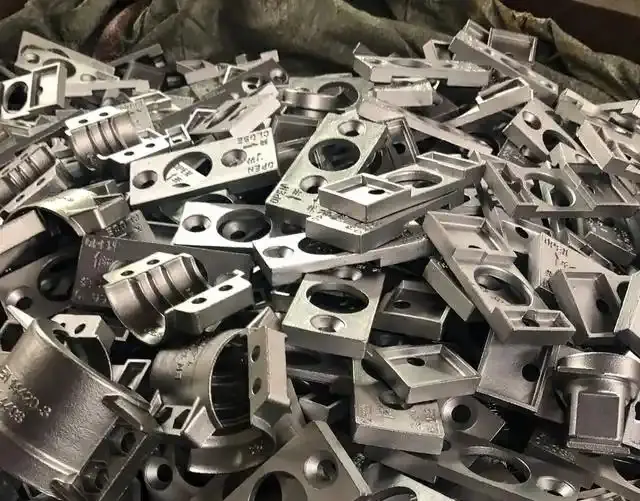
Advantages of 316 Stainless Steel Casting in Manufacturing Hawse Pipes
Stainless steel casting has emerged as a reliable and efficient process for manufacturing hawse pipes used in marine applications. Combining precision engi
-
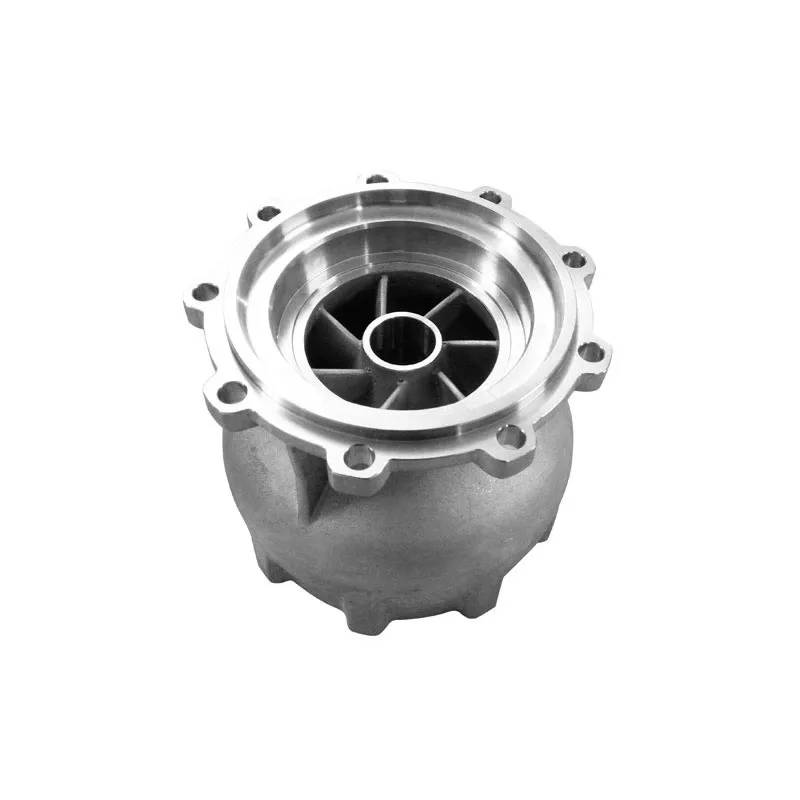
Working Principle and Characteristics of Die Casting Technology
Die-casting technology is the process of organically combining and applying three production elements of die-casting, namely, die-casting alloy, die-casting die...

